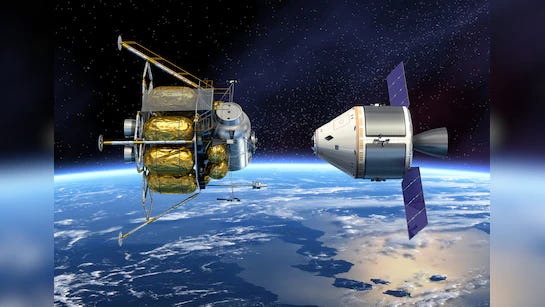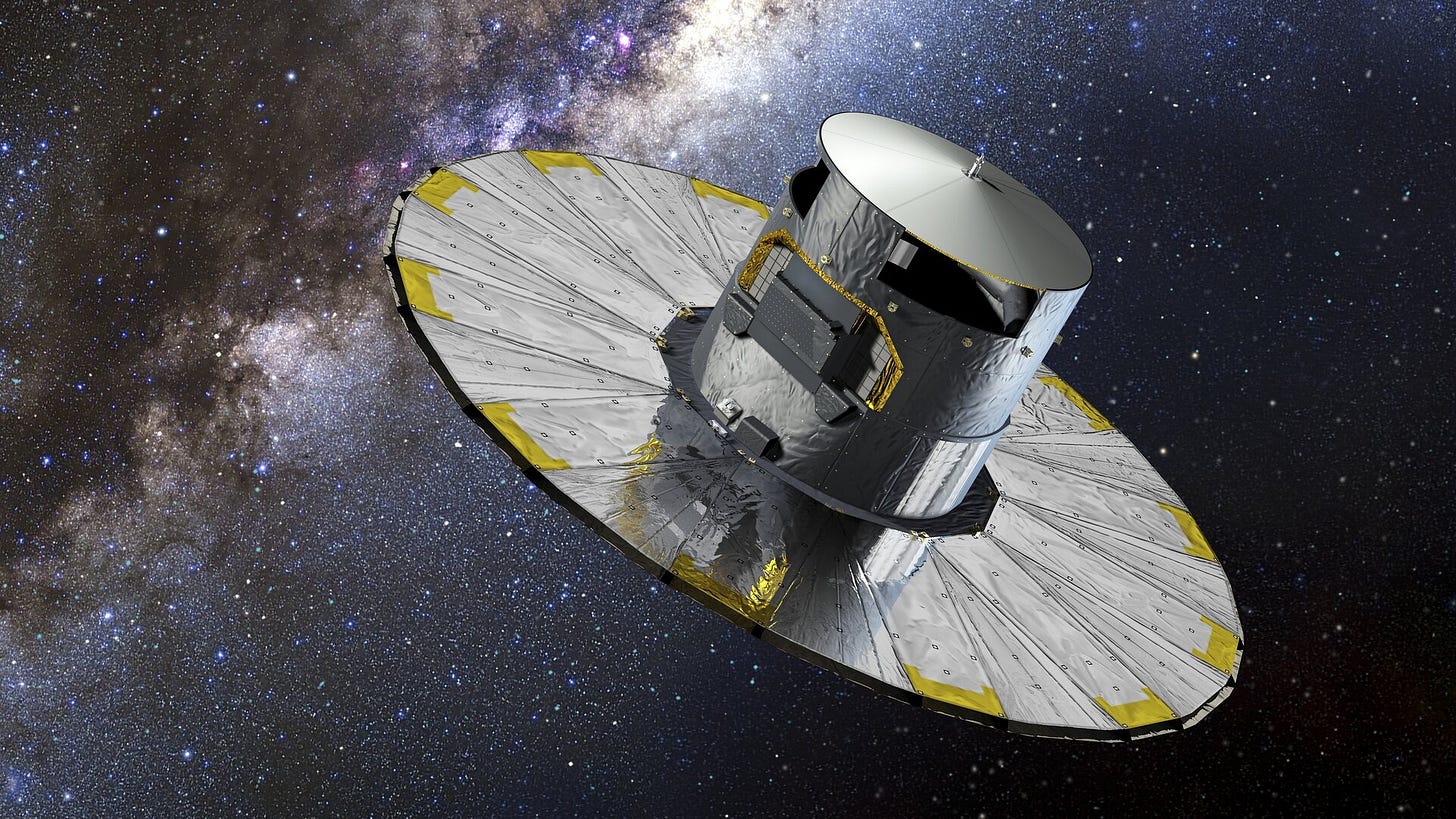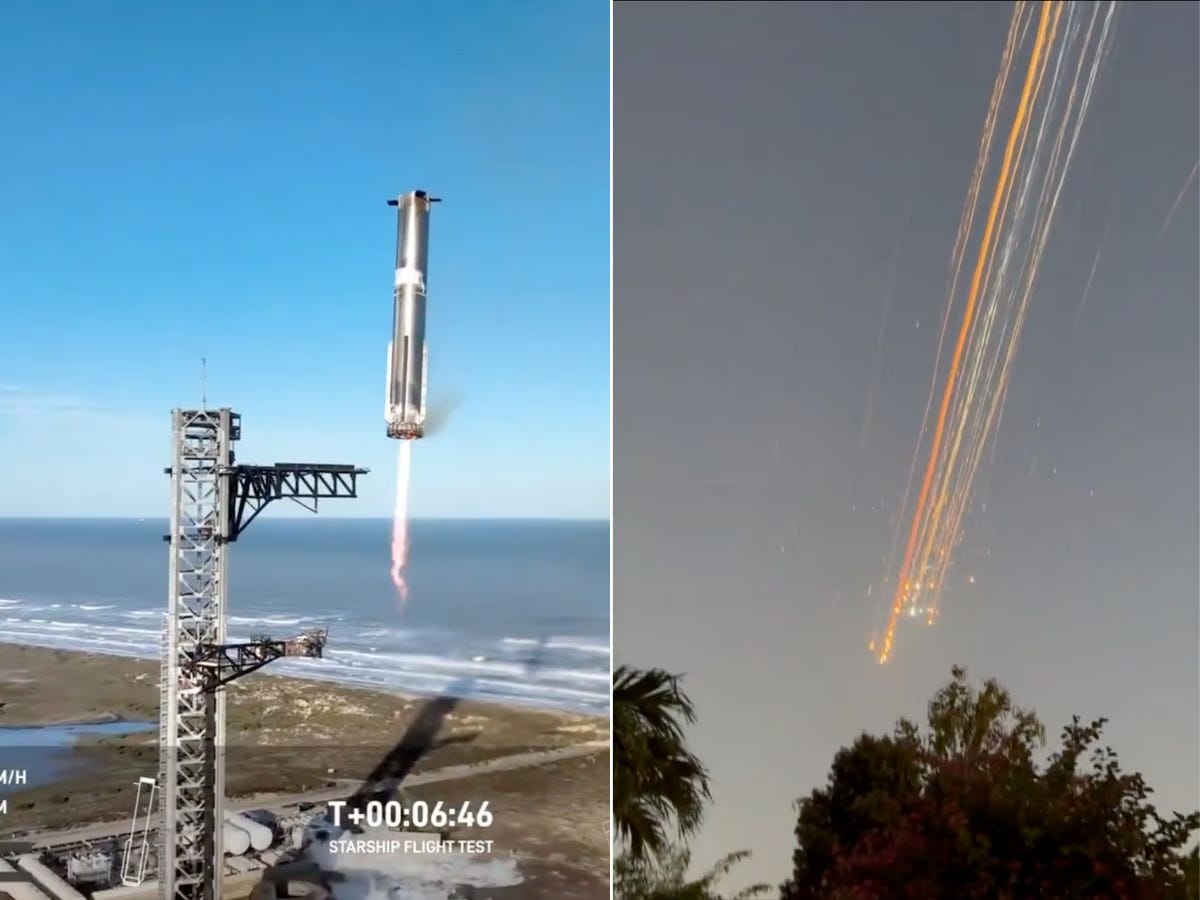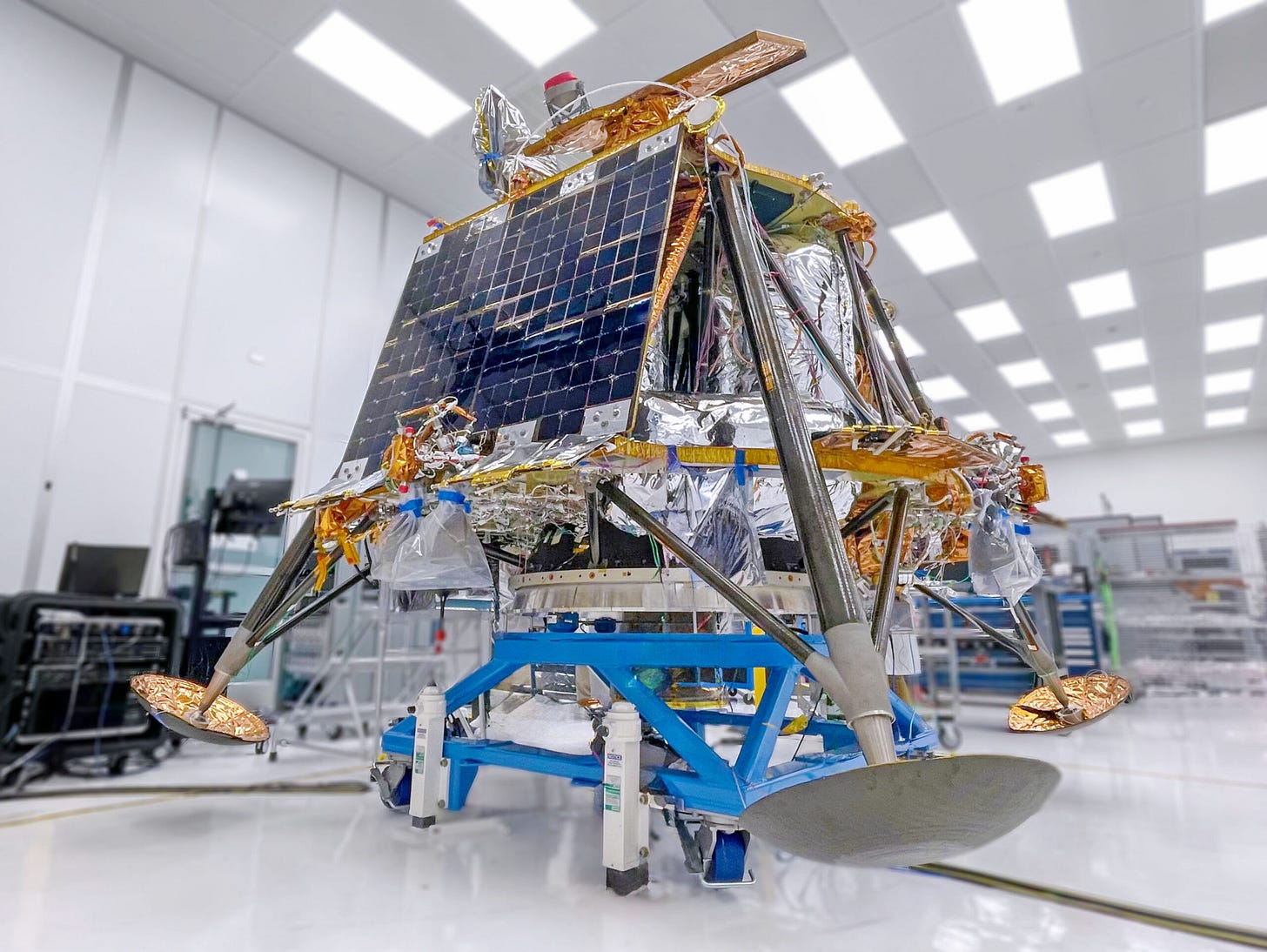Our Engagement Palette!
Check out our colour-coded system for our weekly space news:
🟤 Brown: For weeks that are mundane and bland.
🟡 Yellow: For fairly interesting weeks.
🟢 Green: For the most exciting weeks.
This Palette will help you decide if this week’s news is worth your time!
This week ranks green 🟢 on the Engagement Palette.
ISRO achieves space docking
Last week, ISRO successfully docked (connected) the two spacecraft part of the SpaDeX mission in space. The two spacecraft ‘Chaser’ and ‘Target’ successfully demonstrated docking capabilities after they were launched as two separate crafts. This puts India along with Russia, China and the USA as the only countries to achieve space docking before; a capability essential for building space stations and lunar sample return missions, both of which ISRO intends to do soon.
Gaia shuts down after 12 years
Last week, ESA shut down its Gaia space telescope after nearly 12 years of service. The telescope was launched in 2013 to survey galaxies and stars. An important feature of the telescope was that it was always spinning to cover areas of the sky at different angles. However, it recently ran out of the propellant it used to spin, forcing ESA to shut it down. Gaia may no longer be in operation, but the data it collected will continue to produce interesting results.
Starship test ends with spacecraft breakup
SpaceX recently conducted the 7th test launch of its Starship rocket last week. Although they managed to recreate the famous booster catch from test 5 the spacecraft disintegrated around 9 minutes into the flight. The spacecraft was supposed to go halfway around the world, splash down in the Indian Ocean and release 10 dummy satellites into orbit, none of which happened in the latest flight.
2 Private lunar landers on their way to moon
Last week, 2 private moon landers named Blue Ghost by Firefly Aerospace (based in the USA) and Resilience by iSpace (based in Japan) were successfully launched on their way to the moon. The Blue Ghost lander has about 10 NASA payloads onboard and will land after 45 days, while Resilience will take the slower more energy-efficient route and land in 4.5 months, and analyse samples as an agreement with NASA. iSpace has previously tried to land on the moon but failed. However, this was before Intuitive Machines’ Odysseus became the first private lander on the moon.





